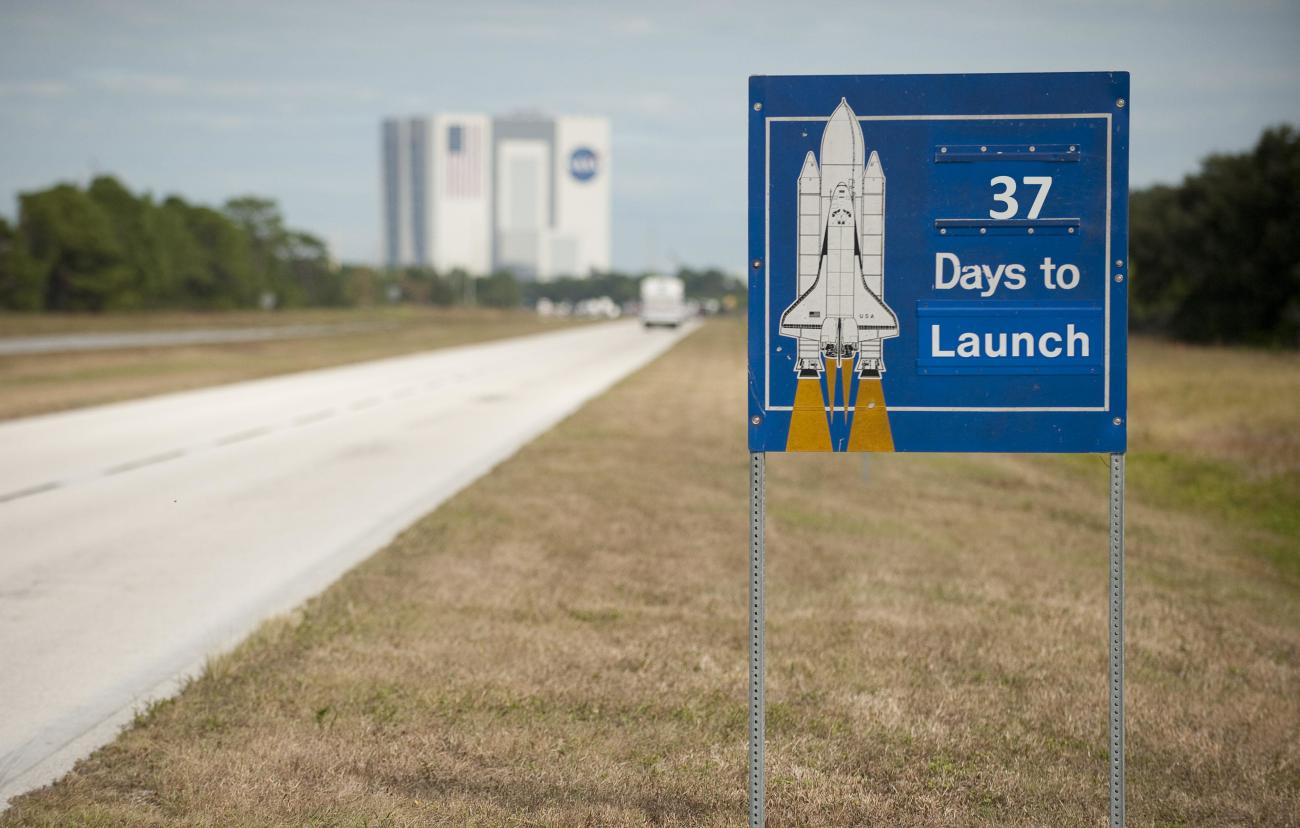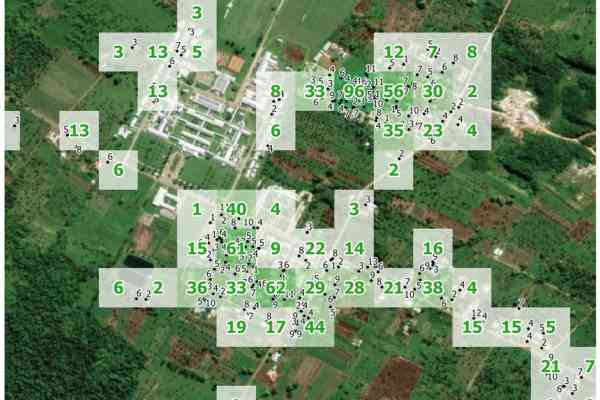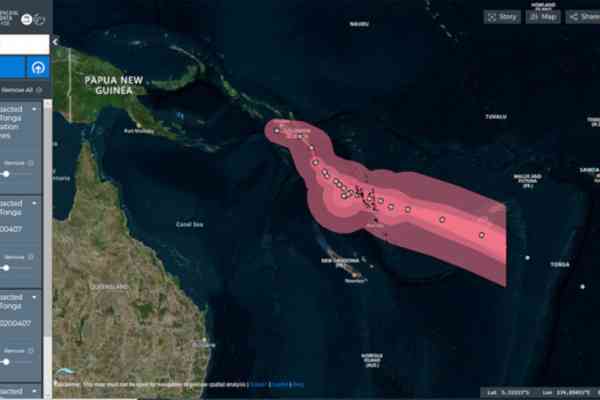The offices of the Pacific Data Hub (PDH) are in full swing. The programme team has been working round the clock for almost two years to create the central repository of open data and knowledge products about the Pacific region and is now preparing for the transition from beta to release.
This means that, after a successful testing phase – during which the platform was thoroughly tested, user feedback was integrated, and all the issues analysed and addressed – the full production phase is ready to start.
“Of course, there is a bit of anxiety,” commented Sioeli Tonga, SPC’s Lead Solutions Architect. “We have been working hard on this project for months, and the expectations around it are very high. However, we are confident, because we have been able to do a lot of user feedback integration. The Pacific Data Hub is no longer the brainchild of a small group of people at SPC, but a real Pacific product. We feel pushed by a collective energy, and that’s great!”
Moving from beta to production does not mean that new functionalities will appear overnight. Most of the functionalities that are currently available on the beta version will stay. These include a search engine for all the content currently available on the hub, such as data and associated dashboards, visualisation products, and the flagship PacificMap tool, of which the team is particularly proud.
PacificMap allows for visualisation of geospatial information relating to each of the major development challenges the Pacific region faces. The way PacificMap works is very simple; any GIS file found in the repository can be visualised on the map.
“The beauty of that tool is that it makes information really easy to use, even by users without geospatial information systems (GIS) experience,” said Aleksandar Zivaljevic, the Pacific Data Hub’s Programme Manager. “GIS files are generally massive, hard-to-handle. The PDH simplifies the use of these files. They can be visualised on a map with only one click. This is particularly important for policymakers, for example, who consider GIS a critical component of the policymaking process.”
Those GIS files are sometimes confidential and might not be in the public domain. In this case, one can still visualise the information confidentially on PacificMap through a simple drag-and-drop. The data will be visualised on the map, but only by the user who dropped the file. It will not end up stored on the hub’s data repository, so no one else will be able to access it.
Another important functionality relating to confidentiality of data is currently being integrated into the service: the functionality that restricts accessibility to data.
“As we speak, we have either public – available to everyone – or private data, which means that only users belonging to the same organisation as the one uploading the data can access it,” explained Aleksandar Zivaljevic.
“For example, if the Department of Agriculture in Vanuatu uploads some data and marks it private, the data will be available only to users from this department. The new functionality will allow external users to access a file only if they are given permission to do so. So, going back to Vanuatu; if the Department of Agriculture is willing to make this file available to an official from Kiribati, for example, the official will be granted dedicated access. This functionality will improve the file-sharing capability of the PDH and, hopefully, support technical cooperation across the region.”
In terms of functionalities, the development phase is almost complete. One of the most important challenges now is to continue building partnerships with a wide range of data players in the Pacific region and beyond. Successful partnerships have already been established with many Pacific countries, as well as regional and international institutions, such as the Secretariat of the Pacific Regional Environment Programme, the Pacific Islands Forum Secretariat, the United Nations Development Programme and UNESCO, who just included the Pacific Data Hub in the steering committee of their large One Planet, One Ocean Project. According to the team, there are many more of these partnerships to come.
“Trust-building has been a long-standing task for PDH,” said Sioeli Tonga. “We work very closely with many government agencies across the region, and we will continue expanding this base in the coming months. I think that we are quite well known right now; people and agencies come to us for information dissemination. We hope that we can continue at the same pace in the future.”


